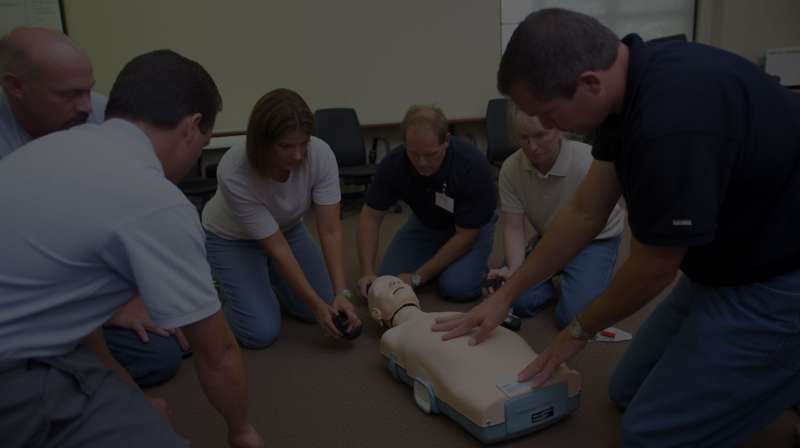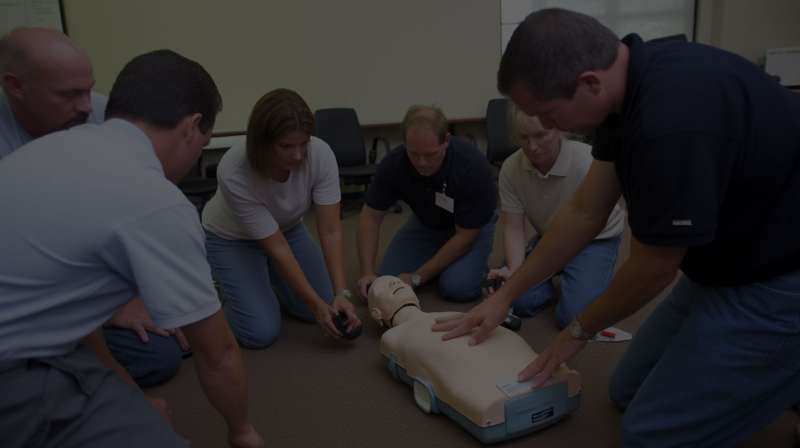Important Information
Look for signs and symptoms of respiratory distress, including wheezing, gurgling or high-pitched noises when the patient breathes
Check whether the patient complains of shortness of breath or feeling dizzy or lightheaded
Does the patient complain of pain in the chest and numbness or tingling in arms or legs
Checking Respiration
Learn how to determine and check a person's normal respiration rate. Respirations could be described as fast, slow, labored, wheezing or gasping. Determine whether respirations may be described as fast, slow, labored, wheezing or gasping.
To count the number of times a patient breathes, use one of two methods:
- First method: Simply watch patient’s chest rise and fall and count respirations.
- Second method: If you cannot see the patient’s chest rise and fall, place a hand on the patient’s abdomen.
- This position allows you to mask your efforts to obtain a count of the patient’s respirations. Patients often alter their breathing rate if they become aware their breaths are being counted.




Share on social media